QuestionHi, I've got a female chameleon who is 6 months old. She seems to be very frail, she can't open her left eye correctly, the end of her tail looks like it's dying and she's not very active lately. We feed her on crickets and we mist the tank 2-3 times a day. She is in the tank with another female chameleon the same age they have not been separated from birth.
AnswerI'll address the tail problem first. The origin of this is usually a shedding problem. When the old, smaller skin remains on the tail tip it can constrict the blood flow and cause the tissue to die. In some cases the dead tip may just fall off but in others it results in dry gangrene, sometimes called tail rot. The condition can spread, affecting more and more of the tail and eventually reaching the body. This is a relatively simple problem for your veterinarian to address in the early stages and is done with a minor amputation of the affected tail tip. Unfortunately, it can progress to a fatal infection if left untreated.
Very young chameleons can be housed together but ideally should be separated at 4 months or so. They really are anti-social creatures. Even though you may not be seeing outward aggression between them the stress factor from being housed together at this age can really undermine their health. I would strongly recommend separating them.
The eye that is fused closed is likely infected or has some debris lodged in it. For a highly vision oriented hunter like a chameleon this can be very stressful and affect the feeding. Flushing it with a large amount of tepid water is the standard first step in this case. If you have a mist setting on your shower, hold her under it for several minutes. This should also help keep her hydrated. If the eye remains closed, gently brush a moist Q-tip over it. Those two steps will usually clean and re-open the eye. You may need to use an opthalmic antibiotic ointment if the problem persists.
Try to increase the variety of insects you offer her, waxworms are calorie dense and a good choice for weakened animals. You didn't mention the species so I can't recommend any specific husbandry changes. Seeing as you have determined her sex at a young age I'm guessing she's a veiled. If so, then Veileds will also consume leafy plant matter, an excellent way to boost their nutrition and vitamin intake.
Finally you should be aware that female veileds can produce their first clutch of eggs at 6 months. They don't have to be bred to develop eggs. Supplying a laying chamber is important for avoiding egg binding. Watch for restless behaviour in the bottom corners of the tank. I don't think that's the problem here but remember it for future reference.
These recommendation should help her but they won't replace the veterinary visit that I really think she needs. Good luck with her recovery.

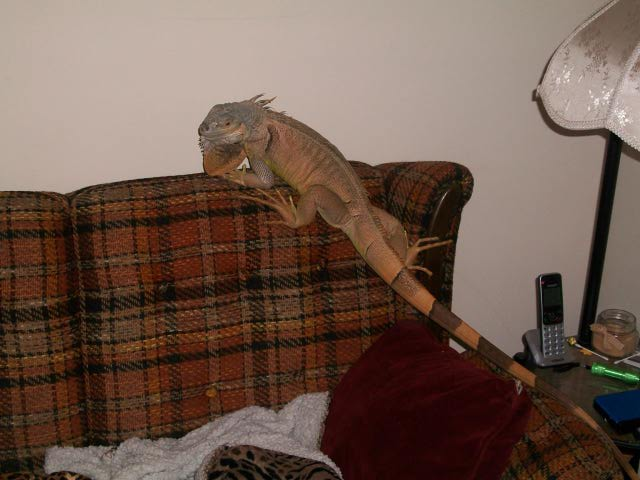 Green Iguana
QuestionJade
Jade
QUESTION: hello i Bough
Green Iguana
QuestionJade
Jade
QUESTION: hello i Bough
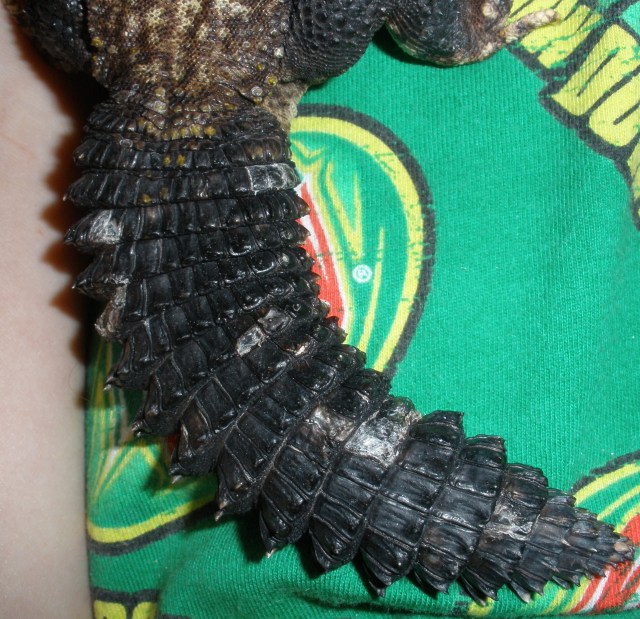 Uromastyx problems
Question
Ramoth
Ive recently rescued a pair of what I w
Uromastyx problems
Question
Ramoth
Ive recently rescued a pair of what I w
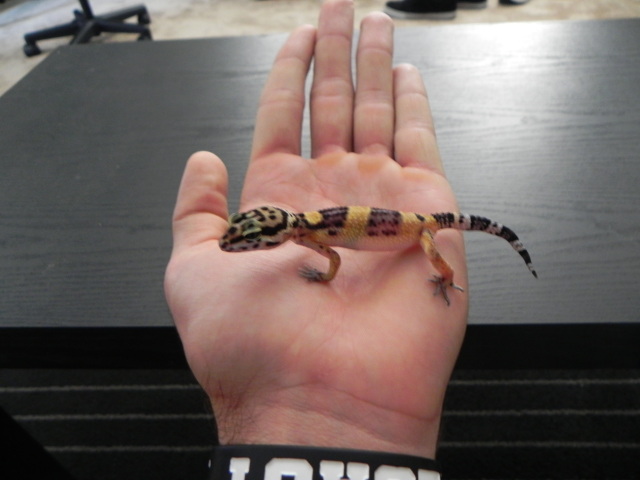 Leopard Gecko... Parasites ?
QuestionMy Gecko
QUESTION: HI Tracie,
I recentl
Leopard Gecko... Parasites ?
QuestionMy Gecko
QUESTION: HI Tracie,
I recentl
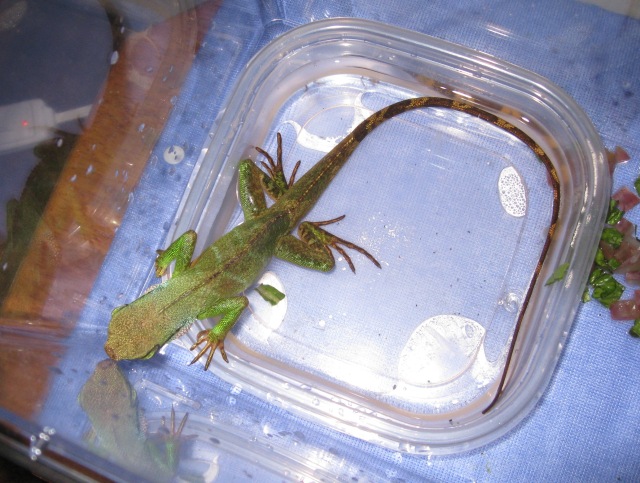 Help-Found American Water Dragon
QuestionQUESTION: My son found what appears to be an Am
Help-Found American Water Dragon
QuestionQUESTION: My son found what appears to be an Am
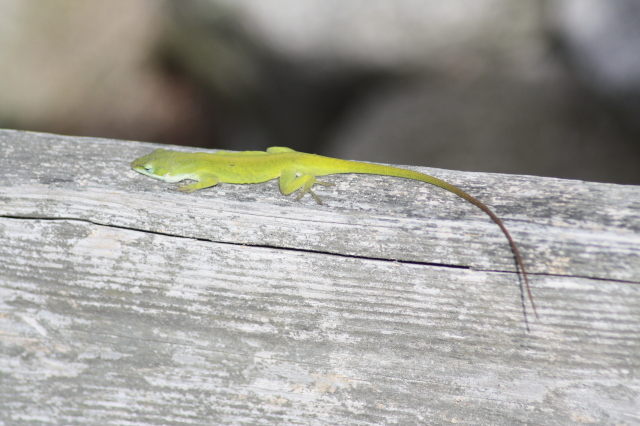 id lizzard
Question
image 2628 Green Lizza
I have pictures of 3 li
id lizzard
Question
image 2628 Green Lizza
I have pictures of 3 li